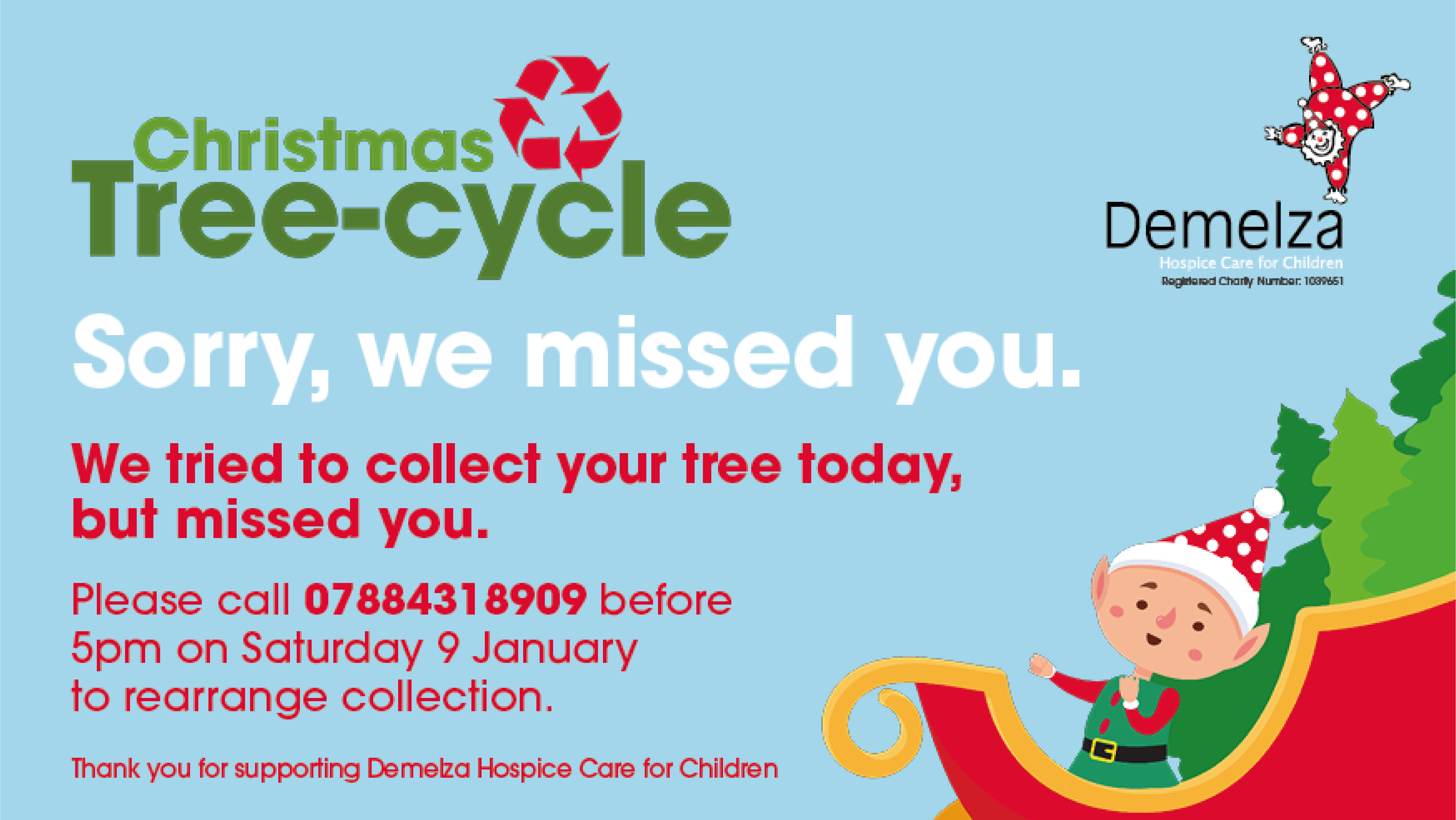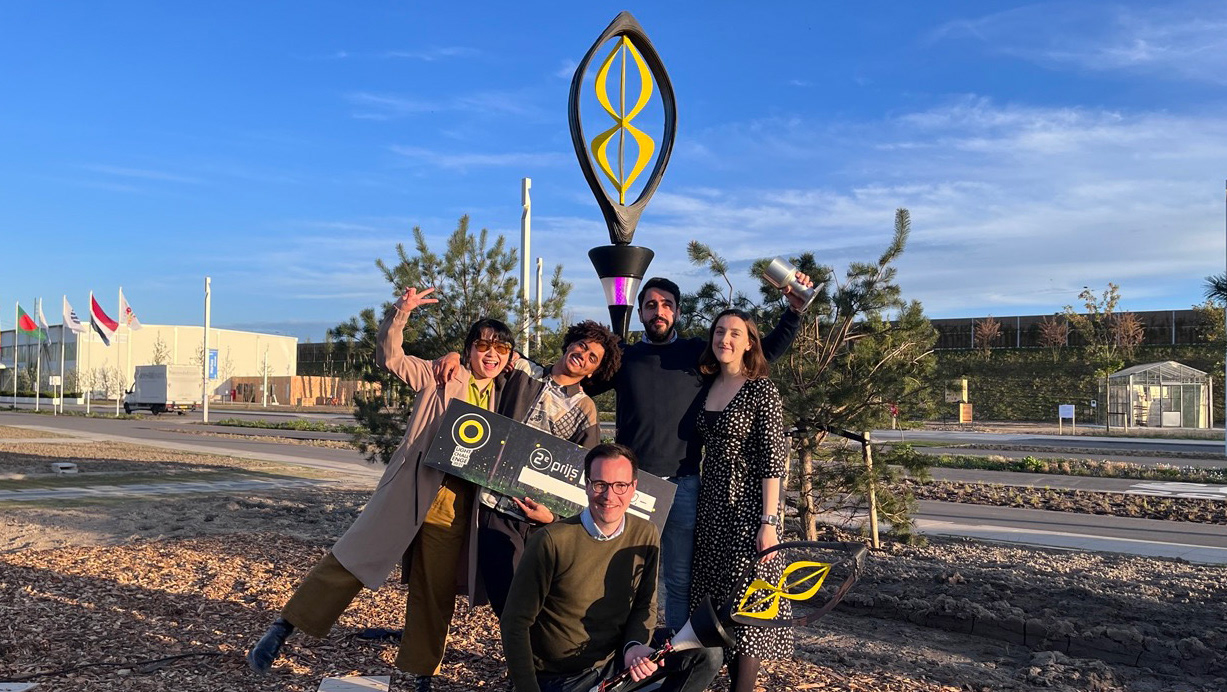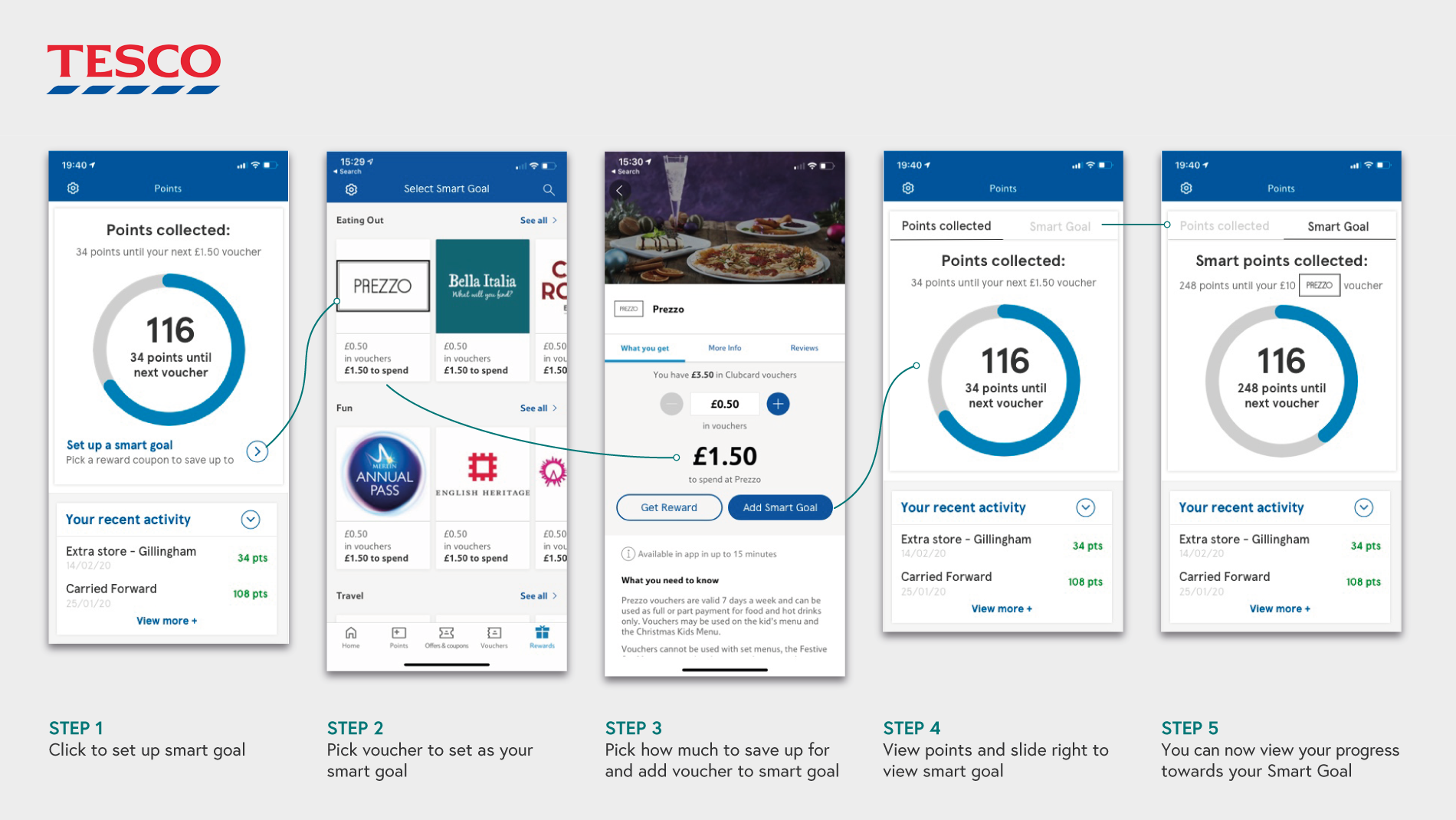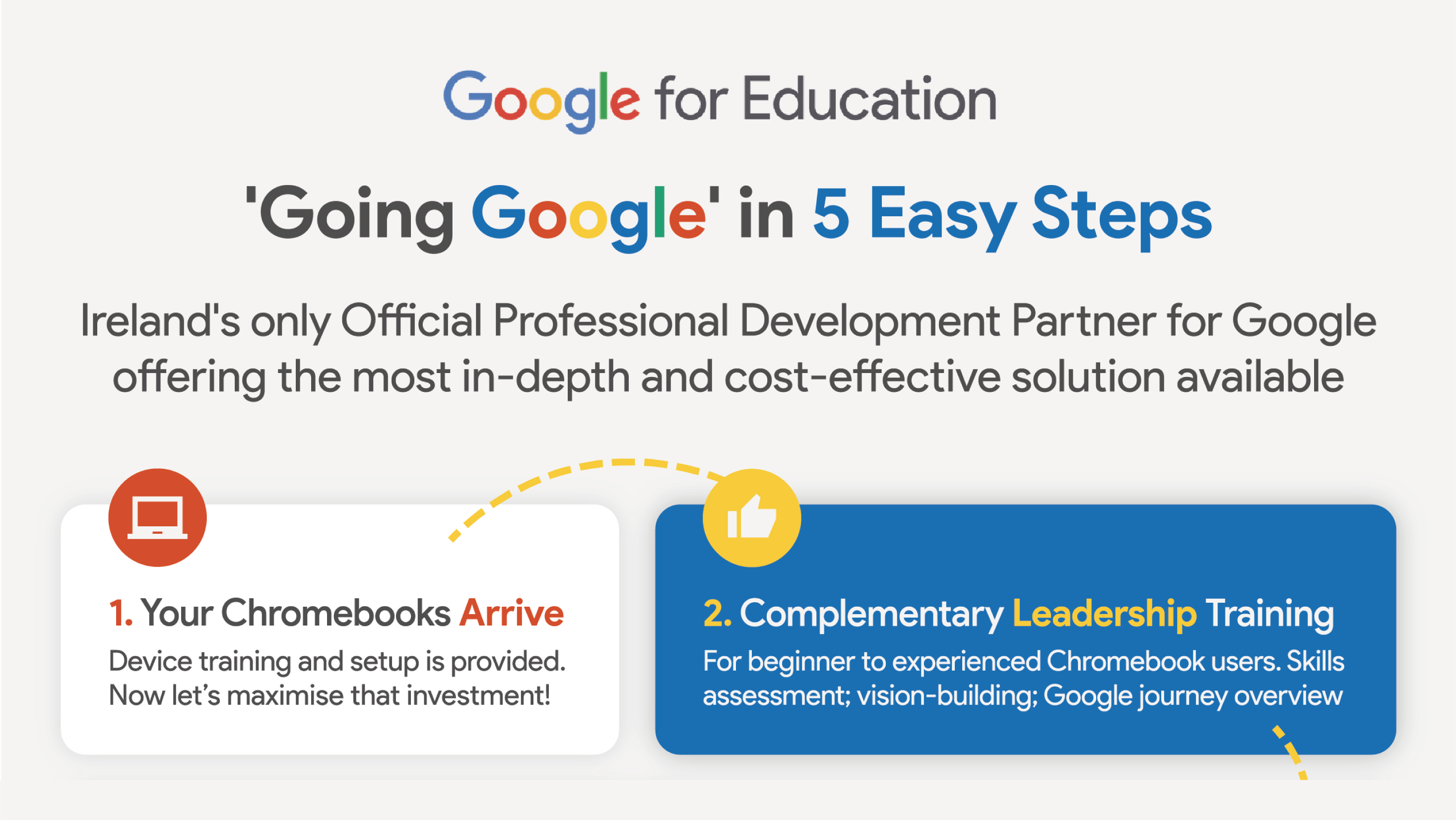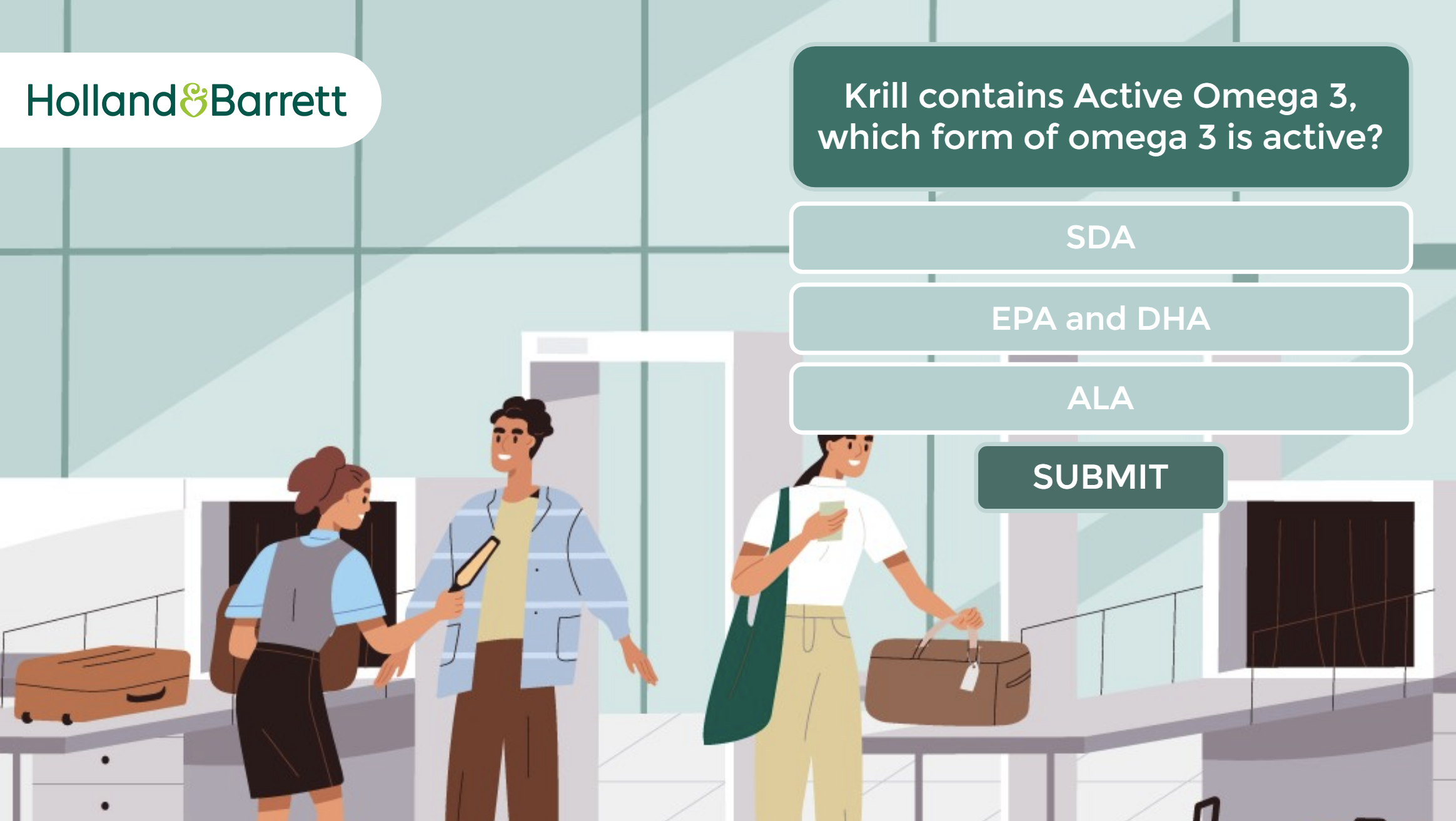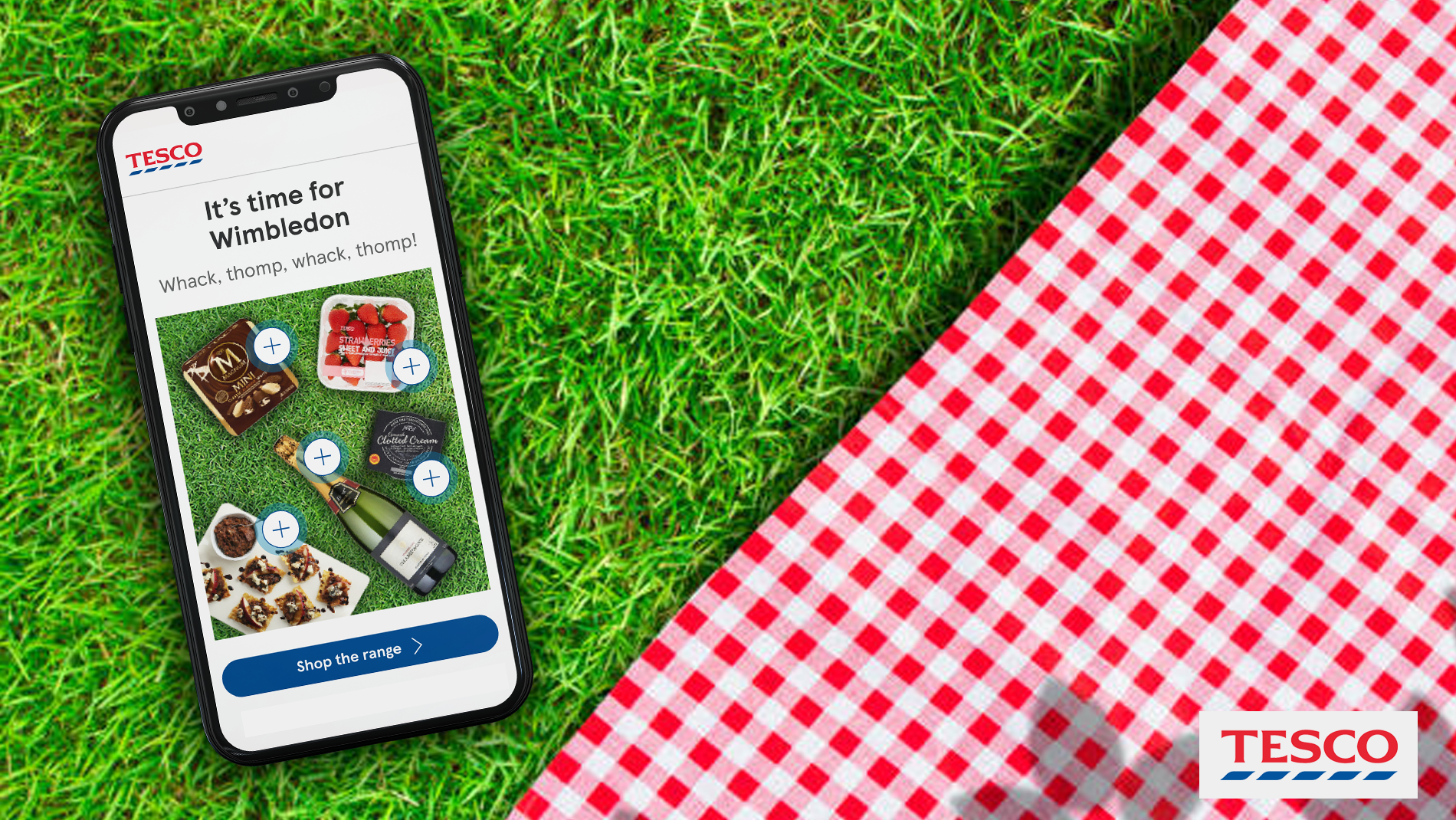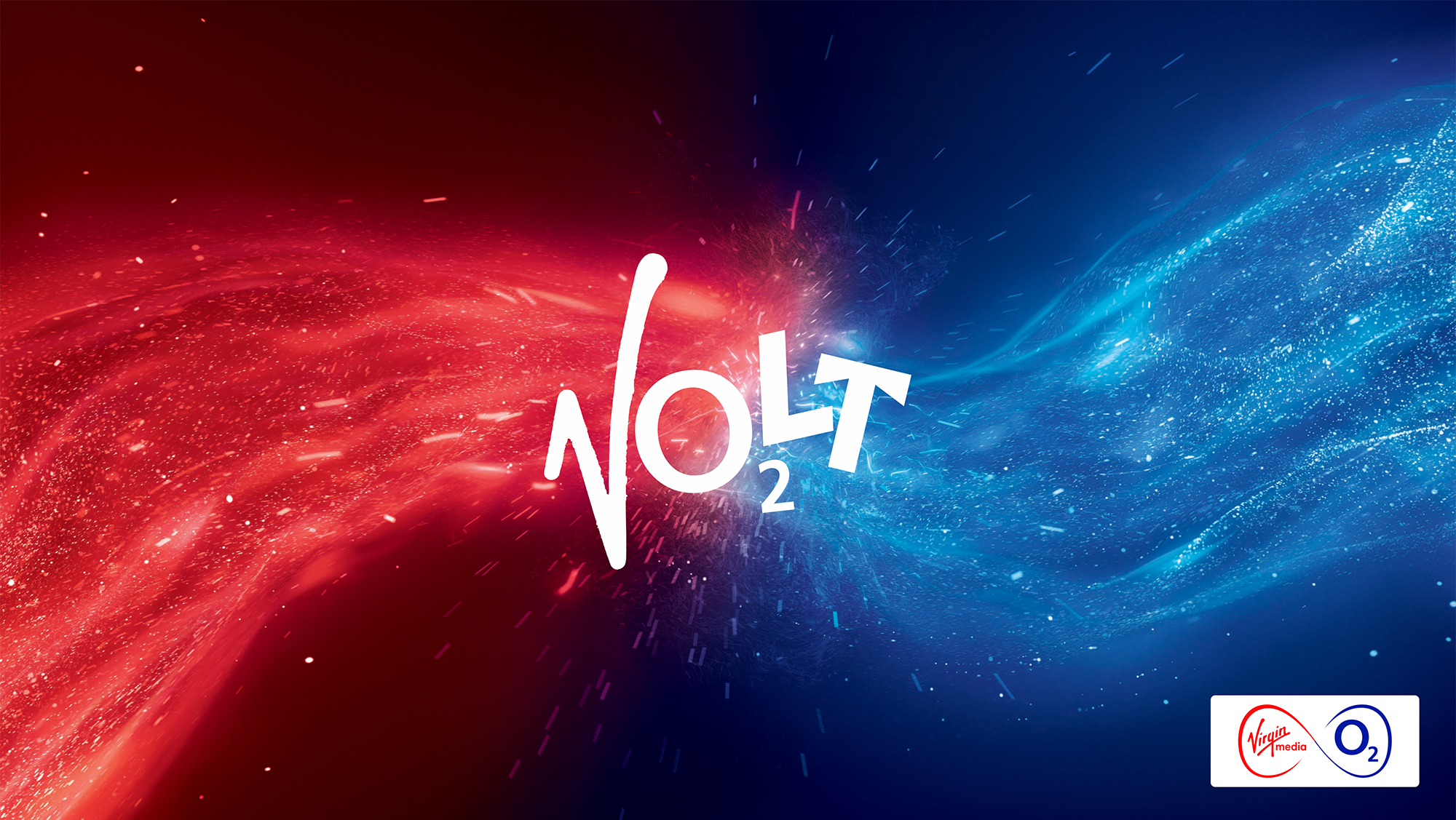Project Overview
Planning a vacation is fun - until you actually have to book it. Especially because we are used to being inspired by photos and videos on social media. The current filtering process with text-based search queries and countless filters appears to break the flow of the experience. Our concept offers a solution to close this gap and make the booking process part of the exciting experience.
My role
UX Designer, User Researcher, User Tester
Client
Booking.com
The brief
We currently see a tendency that our attention has become the most valuable currency of the internet. Due to the vast amount of information, our attention span is getting shorter. This phenomenon is particularly visible in Generation Z. Platforms like Youtube, Tiktok and Instagram thrive on short, digestible content with high visual feedback. Booking.com recognised this trend and gave us the challenge to create a concept that enables young Gen Z users to make the search and filter process more attractive and interactive.
We currently see a tendency that our attention has become the most valuable currency of the internet. Due to the vast amount of information, our attention span is getting shorter. This phenomenon is particularly visible in Generation Z. Platforms like Youtube, Tiktok and Instagram thrive on short, digestible content with high visual feedback. Booking.com recognised this trend and gave us the challenge to create a concept that enables young Gen Z users to make the search and filter process more attractive and interactive.
Competitor Research
We firstly analysed the offerings of competitors such as Airbnb, Expedia, Trivago and Tripadvisor, within the travel industry and tried to see how the search and filter process is structured on other platforms.
Analysing popular Gen Z apps
We analysed popular apps used by Gen Z and their features. This research phase allowed us to get a more holistic view of the topic and learn from other perspectives. However, we quickly realised that studying the travel behaviour of the 18-24-year-old target group is not that easy. Especially since we were very limited in our travel arrangements after almost two years of the pandemic, but also because many of them were just gaining their first travel experiences and thus could not yet develop their own behaviour. Nevertheless, our investigations and research were essential and very helpful in building an evidence-based foundation for our concept
Understanding the user
To create a suitable concept, we had to get to know Generation Z first. We conducted research on scientific articles that examined the travel behaviour of young people, held many interviews, and looked into current trends. In our research, we were able to identify 5 key points that are the most decisive drivers in Gen Z's online travel planning: Budget, visual interaction of the tool, personification and the possibility of comparison. We also saw that over 90% of respondents shared their vacation photos and videos online.
Ideation
In the next stage of ideation, we first used the 'crazy 8' ideation method to come up with some concepts. We then made low-fidelity mockups of our favourite ideas, we presented them to our client who was over the moon about what we had come up with. To move further with the project, he went away and had a meeting with his team and got back to us telling us which concept to develop into a high-fidelity functional prototype.
Final concept
We came up with a highly visual and interactive trip board that allows you to compile your needs and desires individually on one board and thus not only get the perfect suggestions but also see what your next trip can look like at a glance. The Trip-Board lets you choose from many categories that you are interested in and what you would like to do on your next vacation.
The special aspect about 'Trip-Boards' is that these categories are all adapted to the local possibilities and can therefore already suggest concrete activities. These category tiles can then be enlarged, shrunk or even removed in the next step, depending on the priority.
You will then be shown results based on the categories you chose and prioritised. You can also revisit your saved trip-board later on. It can act as an effect and advanced filtering system as well as a fun way to make a mood board for your next trip.
Iterations
Through many user tests, we were able to sharpen the app experience and improve the essential features. We soon saw that the visual presentation of the categories and the personalisation of our own board were very positively received. Especially the possibility to create some sort of shopping cart for the selected activities and thus having a good price comparison was marked as particularly positive by the testers.
